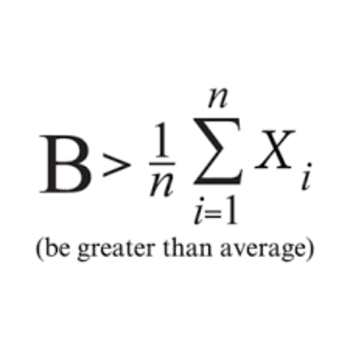Let's start by finding the number of moles of #NaOH# put into the solution, using the concentration formula:
#c=(n)/v#
#c#=conc in #mol dm^-3#
#n#=number of moles
#v#=volume in litres ( #dm^3#)
#50.0 ml=0.05 dm^(3)=v#
#0.2 times 0.05=n#
#n=0.01 mol #
And to find the number of moles of #HF#:
#c=(n)/v#
#0.5=(n)/0.02#
#n=0.1#
#NaOH (aq) + HF(aq) -> NaF(aq) + H_2O(l)#
We form 0.1 mol of #NaF# in the resulting 70ml solution after the reaction has gone to completion.
Now, #NaF# will be dissociated in the solution, and the fluoride ion, #F^(-)# will act as a weak base in the solution(We will come back to this).
So now is a good time to set up an ICE table to find the amount of #OH^-# ions it forms, but we first need to know the concentration of the #NaF#, as concentrations are used in the ICE table.
#c=(n)/v#
#c=(0.1/0.07)#
#c approx 0.143 mol dm^-3# of #NaF# ( #=[F^(-)])#
The reaction of the flouride ion and the consequent concentration changes are:
#"color(white)(mmmmm)F^(-)(aq) + H_2O(l) -> HF(aq) + OH^(-)(aq)#
#"Initial:"color(white)(mm)0.143color(white)(mmm)-color(white)(mmmm)0color(white)(mmmmll)0#
#"Change:"color(white)(iim)-xcolor(white)(mmm)-color(white)(mmm)+xcolor(white)(mmll)+x#
#"Eq:"color(white)(mmm)0.143-xcolor(white)(mii)-color(white)(mmmm)xcolor(white)(mmmmll)x#
The #K_b# expression for the fluoride ion would be:
#K_b=([OH^(-)] times [HF])/([F^(-)])#
But how do we know the #K_b# for the fluoride ion, which we touched upon earlier?
Well, as we are given that the reaction occurs at 25 degrees Celcius the following property applies:
#(K_b) times (K_a)= 1.0 times 10^-14#
For an acid/base pair- and we happen to have the pair of #HF# and #F^(-)#!
Hence:
#K_b=(1.0 times 10^-14)/(7.2 times 10^(-4)#
#K_b (F^(-)) approx 1.39 times 10^(-11)#
So now we can create a #K_b# expression and solve for #x# to find the concentration of #OH^(-)#, and thus find the #pOH# and then consequently the #pH#.
#1.39 times 10^(-11)=(x^2)/(0.143-x)#
#K_b# is small, so the small x approximation gives:
#1.39 times 10^(-11)=(x^2)/(0.143)#
#x=[OH^(-)] = sqrt(K_bcdot0.143)#
#=1.4095 xx 10^(-6) approx 1.41 times 10^(-6)#
Now:
#pOH=-log[OH^(-)]#
#pOH=-log[1.41 times 10^(-6)]#
#pOH approx 5.85#
And as we are at 25 degrees this property applies:
#pH+pOH=14#
Hence,
#pH=14-5.85#
#color(blue)(pH= 8.15)#


